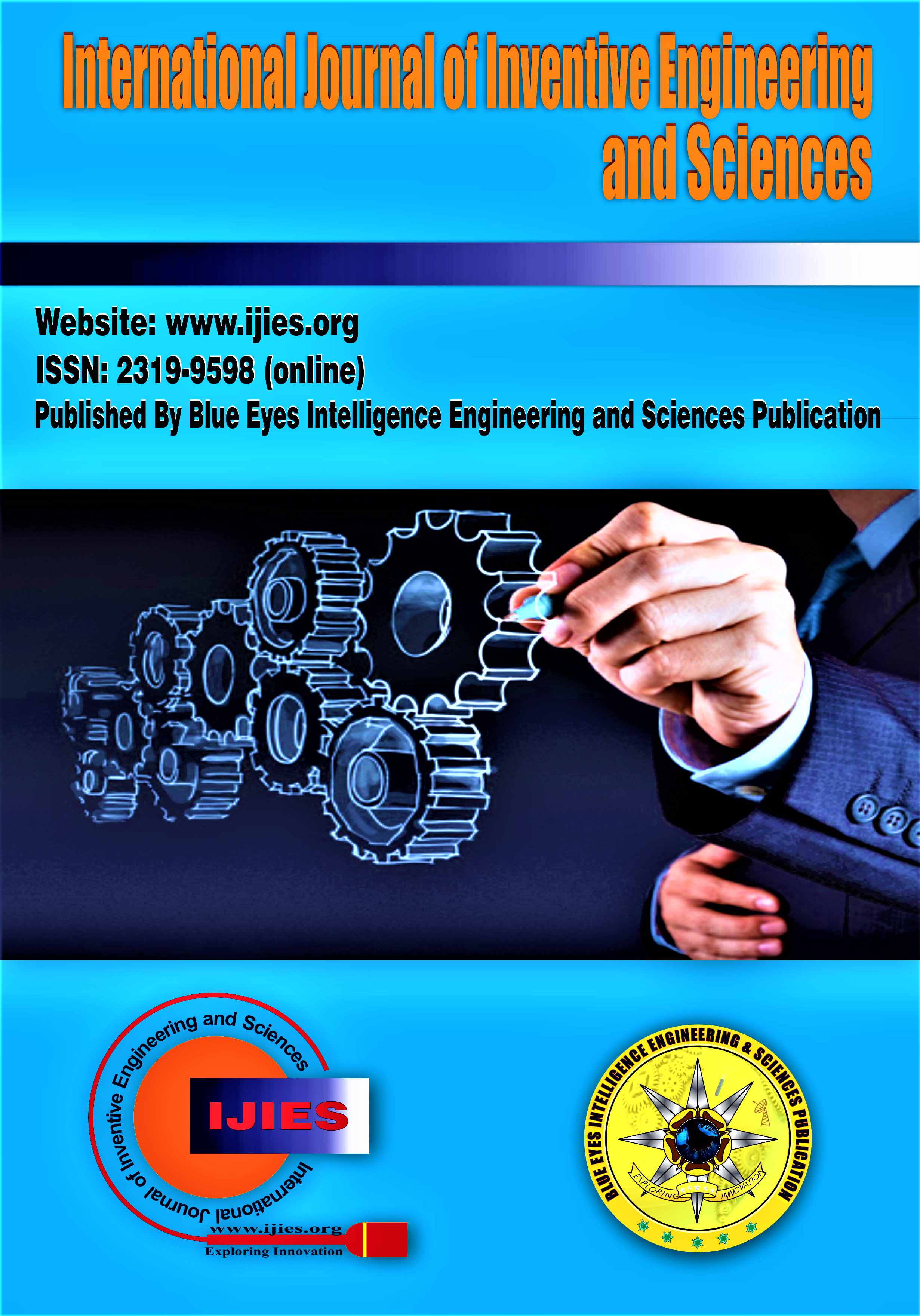Design of ERP Production Planning Module to Optimize the use of System Application and Processing (SAP) Software Using Business Process Improvement and Activate SAP Methodology at PT. XYZ
Main Article Content
Abstract
The management of a company always tries to find a solution on how to survive and be able to align company resources with the development or increasing business demands. Increasing business demands, especially in managing company resources, require a systematic and integrated system. One way is to improve the Enterprise Resource Planning (ERP) system that is currently owned by changing or increasing its status by upgrading to ERP that is able to help company employees in managing company assets, production needs, customer management, accounting and financial systems. One type of ERP that is widely used by large companies is the System Application Product (SAP). In addition, to optimize its operational performance by reimplementing SAP ERP because in its operations there are still several business processes that have not implemented SAP ERP to improve Business Process Improvement, cost efficiency through integrated digitalization and corporate value
Downloads
Article Details
Section

This work is licensed under a Creative Commons Attribution-NonCommercial-NoDerivatives 4.0 International License.
How to Cite
References
Al Shathry, O. (2016). Business process management: a maturity assessment of Saudi Arabian organizations. Business Process Management Journal, 22(3). DOI: https://doi.org/10.1108/BPMJ-07-2015-0101
Azhar. (2012). Reliabilitas dan validitas edisi 4. Pustaka Pelajar. Bruno, G. (2018). No Title. Business Process Modeling Based on Entity Life Cycles, 138, 62–469. DOI: https://doi.org/10.1016/j.procs.2018.10.064
Chetan, K. S. (2016). Display screen with graphical user interface..
Gunasekaran, A., Marri, H. B., McGaughey, R. E., & Nebhwani, M. D. (2002). E-commerce and its impact on operations management. International Journal of Production Economics, 75(1–2), 185–197. DOI: https://doi.org/10.1016/S0925-5273(01)00191-8
Harrington, H. (1991). Business Process Imrovement : The Breakthrough Strategy For Total Quality, Productivity, and Competitiveness. McGraw-Hill. https://cdn.chools.in/LEAN_PDF/Business-Process-Improvement,Dr.%20H.%20J.%20Harrington.pdf
Kilic, M. (2015). The Effect of Board Diversity on the Performance of Banks: Evidence from Turkey. International Journal of Business and Management, 10, 182–197. DOI: https://doi.org/10.5539/ijbm.v10n9p182
Klaus, H. ,. (2000). Apa apakah ERP? Informasi Sistem Frontiers. DOI: https://doi.org/10.1023/A:1026543906354
Negahban, S. (2008). Utilization of Enterprise Resource Planning Tools by Small to Medium Size Construction Organizations: A Decision-making Model. https://www.researchgate.net/publication/277153501_Utilization_of_Enterprise_Resource_Planning_Tools_by_Small_to_Medium_Size_Construction_Organizations_A_Decision-making_Model
O’Regan, G. (2015). SAP SE. In Pillars of Computing. Springer. DOI: https://doi.org/10.1007/978-3-319-21464-1
Oracle Barr, E. H. (2015). The oracle problem in software testing: A survey. EEE transactions on software engineering, pp.507-525. DOI: https://doi.org/10.1109/TSE.2014.2372785
Sarferaz, S. (2022). Compendium on Enterprise Resource Planning Market, Functional and Conceptual View based on SAP S/4HANA. DOI: https://doi.org/10.1007/978-3-030-93856-7
Sarker, S. S.-A. (2012). Exploring value cocreation in relationships between an ERP vendor and its partners: a revelatory case study. MIS quarterly. DOI: https://doi.org/10.2307/41410419
Solutions, P. (2016). Report on ERP systems and enterprise software. Panorama Consulting Solutions. https://4439340.fs1.hubspotusercontent-na1.net/hubfs/4439340/2016-ERP-Report-3.pdf
Shin, I. (2006). Adoption of Enterprise Application Software and Firm Performance. Small Business Economics, 26, 241–256. DOI: https://doi.org/10.1007/s11187-005-0215-9
Sugiyono. (2018). Prof. Dr. Sugiyono. 2018. Metode Penelitian Kuantitatif, Kualitatif, dan R&D. Bandung: Alfabeta. Prof. Dr. Sugiyono. 2018. Metode Penelitian Kuantitatif, Kualitatif, Dan R&D. Bandung: Alfabeta. https://inlislite.uin-suska.ac.id/opac/detail-opac?id=22862
Themistocleous M, I. Z. (2001). ERP problems and application integration issues: An empirical survey. Proc. 34th Annu. Hawaii Int. Conf. Syst. Sci. DOI: http://dx.doi.org/10.1109/HICSS.2001.927240
Willis T, W.-B. A. (2002). Extending the value of ERP. Ind Manag Data Syst. DOI: http://dx.doi.org/10.1108/02635570210414640
K, D., & Mathapati, A. (2019). Enterprise Resource Planning using Sentiment Examination. In International Journal of Recent Technology and Engineering (IJRTE) (Vol. 8, Issue 3, pp. 365–368). DOI: https://doi.org/10.35940/ijrte.c4178.098319
Agrawal, A., Bora, Dr. V., & Bhalerao, S. (2020). Artificial Intelligence in Enterprise Resource Planning Logistics. In International Journal of Innovative Technology and Exploring Engineering (Vol. 9, Issue 8, pp. 272–274). DOI: https://doi.org/10.35940/ijitee.h6179.069820
Rosyda, S. S., Maulina, E., & Purnomo, M. (2021). Systematic Mapping Study of Enterprise Resource Planning.
In International Journal of Engineering and Advanced Technology (Vol. 10, Issue 5, pp. 331–337). DOI: https://doi.org/10.35940/ijeat.e2824.0610521





